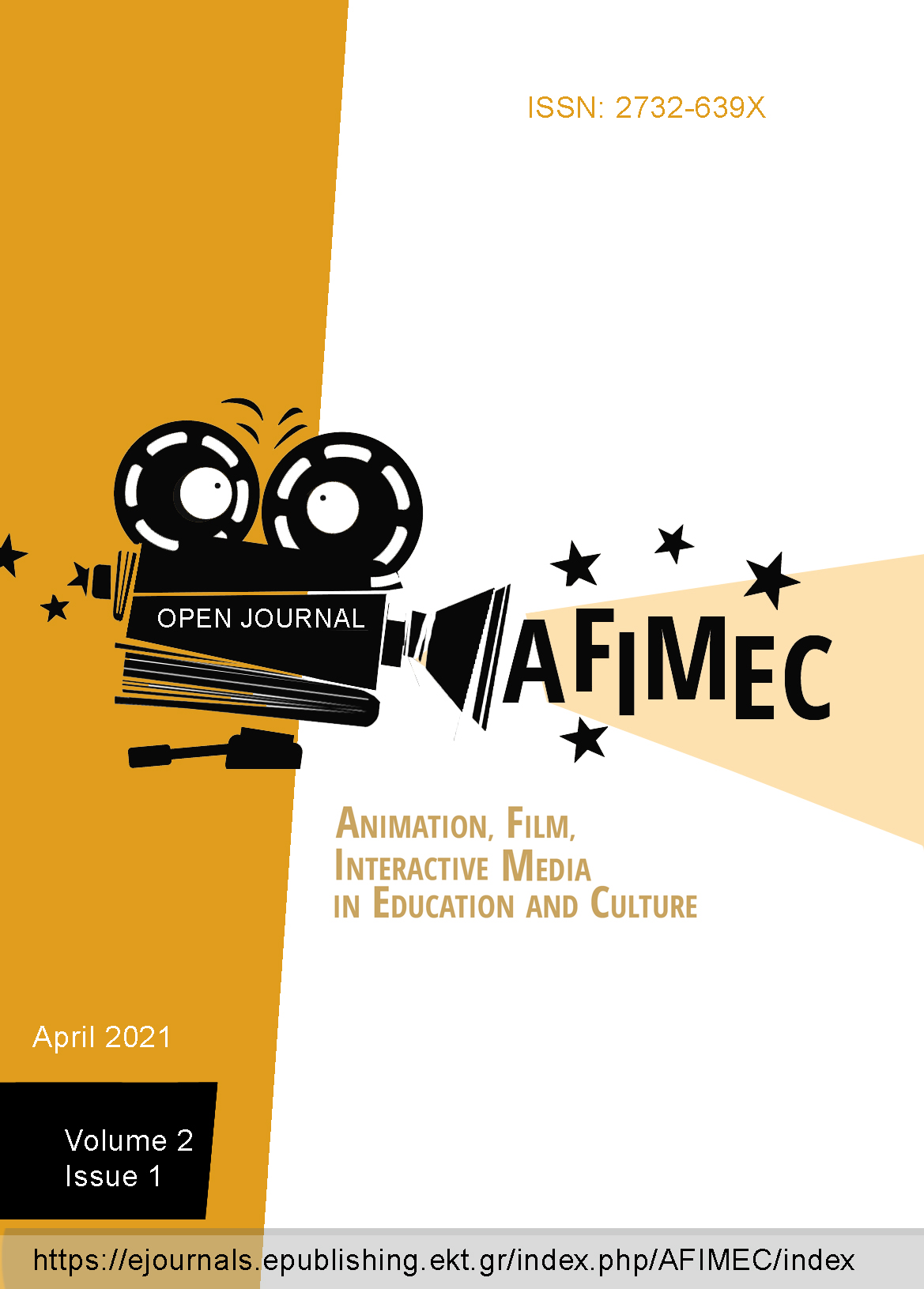Η ψηφιακή πληροφόρηση και η προσβασιμότητα σε ιστοσελίδες μουσείων για άτομα με αναπηρία
Abstract
Η σημερινή κοινωνίας βασίζεται σε μεγάλο βαθμό στο διαδίκτυο καθώς είναι εύκολα προσβάσιμο και καθίσταται ένα από τα κύρια μέσα επικοινωνίας, ενημέρωσης και εκπαίδευσης. Οι ιστοσελίδες των μουσείων διαδραματίζουν σημαντικό ρόλο ως πύλες ψηφιακής ενημέρωσης/εκπαίδευσης όσον αφορά στην προσβασιμότητα και την αλληλεπίδραση με τους επισκέπτες τους. Στόχος της παρούσας έρευνας είναι να αξιολογήσει με τη μέθοδο της ευρετικής αξιολόγησης τις ιστοσελίδες των μουσείων στην Ελλάδα και να παρουσιάσει κατά πόσο είναι προσβάσιμες οι πληροφορίες τους σε ψηφιακούς επισκέπτες με αναπηρία. Η αξιολόγηση πραγματοποιήθηκε από ειδικούς στο τομέα με συγκεκριμένα ερωτήματα που αφορούσαν την πρόσβαση στις πληροφορίες που αναρτούν τα μουσεία. Τα μουσεία που επιλέχθηκαν με βάση την υψηλή τους επισκεψιμότητα με βάση τον αριθμό των εισιτηρίων που είχαν δηλώσει ήταν συνολικά οκτώ. Τα αποτελέσματα της παρούσας έρευνας αναδεικνύουν πως η διαδικτυακή παρουσίαση πληροφοριών και ενημέρωσης που παρέχουν τα ψηφιακά μουσεία παρουσιάζουν προβλήματα και απαιτεί αλλαγές ώστε τα άτομα με αναπηρία δεν έχουν πλήρη πρόσβαση σε αυτές τις ιστοσελίδες.
Article Details
- How to Cite
-
Κιουρεξίδου Μ. (2021). Η ψηφιακή πληροφόρηση και η προσβασιμότητα σε ιστοσελίδες μουσείων για άτομα με αναπηρία. Open Journal of Animation, Film and Interactive Media in Education and Culture [AFIMinEC], 2(1). https://doi.org/10.12681/afiinmec.25389
- Section
- Articles
- Οι Συγγραφείς διατηρούν τα Πνευματικά Δικαιώματα και χορηγούν στο περιοδικό το δικαίωμα της πρώτης δημοσίευσης ενώ ταυτόχρονα τα πνευματικά δικαιώματα της εργασίας προστατεύονται σύμφωνα με την Creative Commons Attribution License που επιτρέπει σε τρίτους - αποδέκτες της άδειας να χρησιμοποιούν την εργασία όπως θέλουν με την προϋπόθεση της διατήρησης των διατυπώσεων που προβλέπονται στην άδεια σχετικά με την αναφορά στον αρχικό δημιουργό και την αρχική δημοσίευση σε αυτό το περιοδικό.
- Οι Συγγραφείς μπορούν να συνάπτουν ξεχωριστές, και πρόσθετες συμβάσεις και συμφωνίες για την μη αποκλειστική διανομή της εργασίας όπως δημοσιεύτηκε στο περιοδικό αυτό (π.χ. κατάθεση σε ένα ακαδημαϊκό καταθετήριο ή δημοσίευση σε ένα βιβλίο), με την προϋπόθεση της αναγνώρισης και την αναφοράς της πρώτης δημοσίευσης σε αυτό το περιοδικό.



